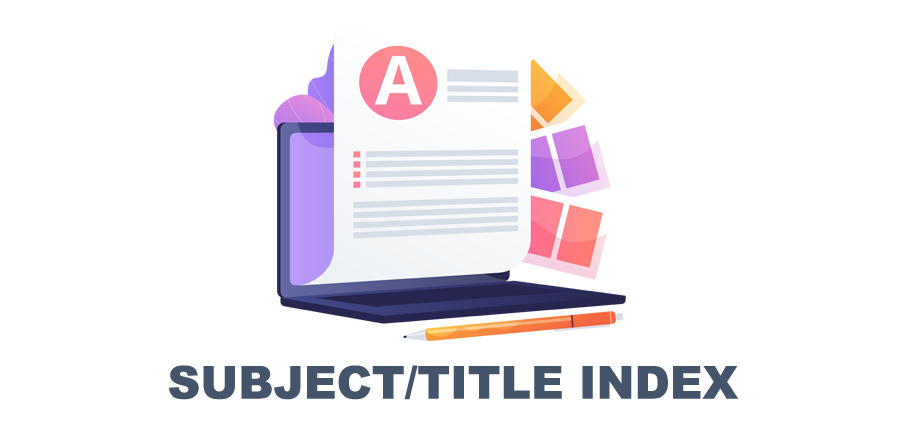Role-playing dalam Meningkatkan Hasil dan Keaktifan Belajar Siswa Mata Pelajaran Sejarah Kebudayaan Islam (SKI) Materi Hijrah Nabi ke Madinah pada Siswa Kelas V MI Riyadhul Ulum Bangil Tahun Pelajaran 2019-2020
DOI:
https://doi.org/10.32616/pgr.v4.1.206.41-50Keywords:
Role-playing, Hijrah, Learning OutcomesAbstract
This paper is about the application of the Role-playing method to improve student learning outcomes about hijrah prophet Muhammad on Islamic History class V MI Riyadhul Ulum Bangil Pasuruan. This learning improvement is done because it is considered necessary to overcome the problems that arise in the learning process. The purpose of this study is to improve student learning outcomes of Islamic History subjects about Hijrah prophet Muhammad through the use of the Role-playing method. This study uses Classroom Action Research that starts from planning, action, observation, and reflection. The subjects of the study were fifth grade students at MI Riyadhul Ulum Bangil. Sources of data obtained from students and teachers during learning. Data collection tools in the form of observation, test results, data instruments are observation sheets and test sheets. Based on the results of research that has been described that an increase in student learning outcomes and activeness in each cycle, starting from cycle one to the second cycle. so that it can be concluded if the Role-playing method can improve student learning outcomes and activeness of the provisions of Islamic material about hijrah prophet Muhammad, Islamic History subjects in class V MI Riyadhul Ulum BangilDownloads
Download data is not yet available.
Published
2020-02-10
Issue
Section
Articles
License
Copyright (c) 2020 Muhammad Andi Isya

This work is licensed under a Creative Commons Attribution 4.0 International License.
How to Cite
Role-playing dalam Meningkatkan Hasil dan Keaktifan Belajar Siswa Mata Pelajaran Sejarah Kebudayaan Islam (SKI) Materi Hijrah Nabi ke Madinah pada Siswa Kelas V MI Riyadhul Ulum Bangil Tahun Pelajaran 2019-2020. (2020). PROGRESSA: Journal of Islamic Religious Instruction, 4(1), 41-50. https://doi.org/10.32616/pgr.v4.1.206.41-50







